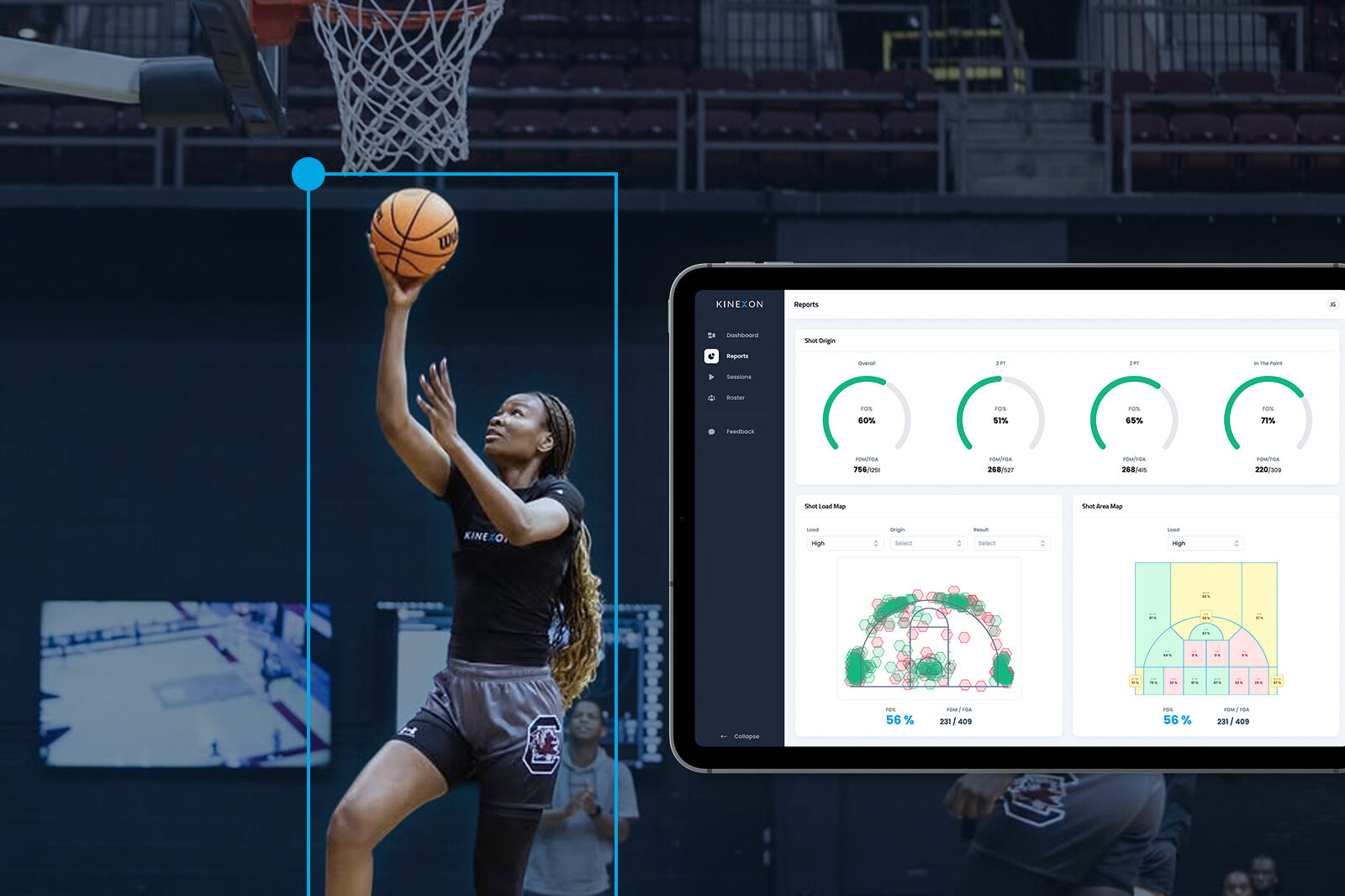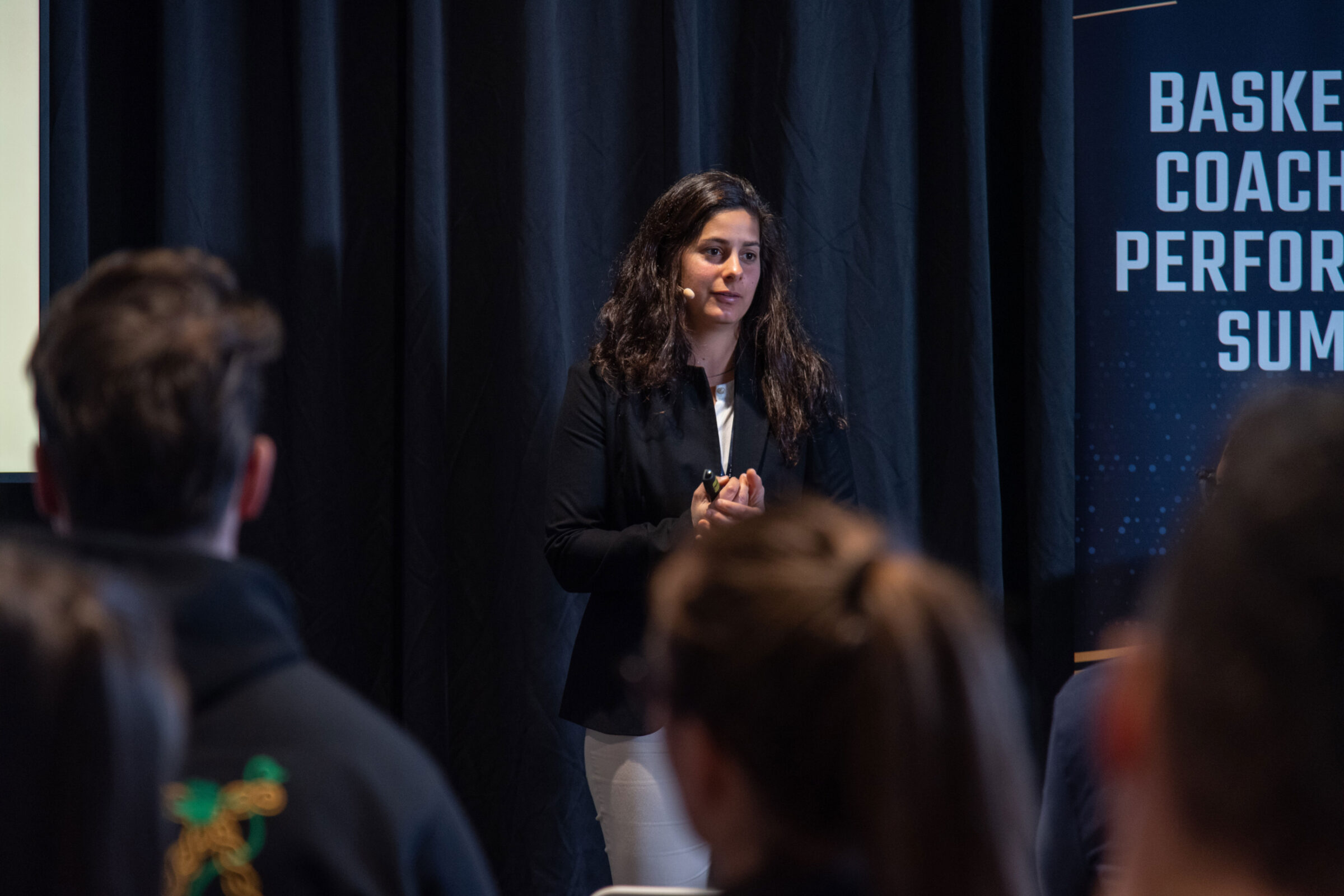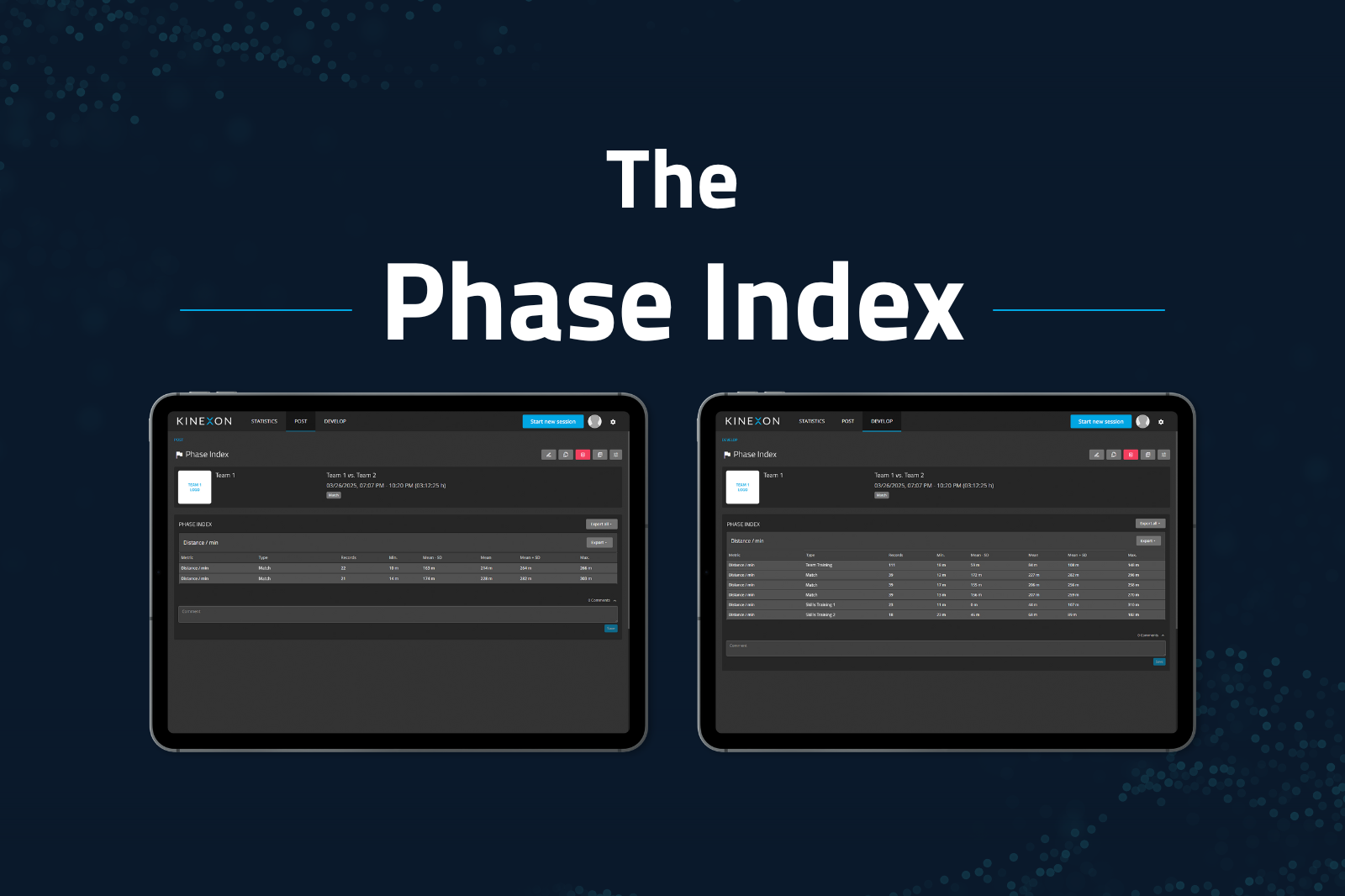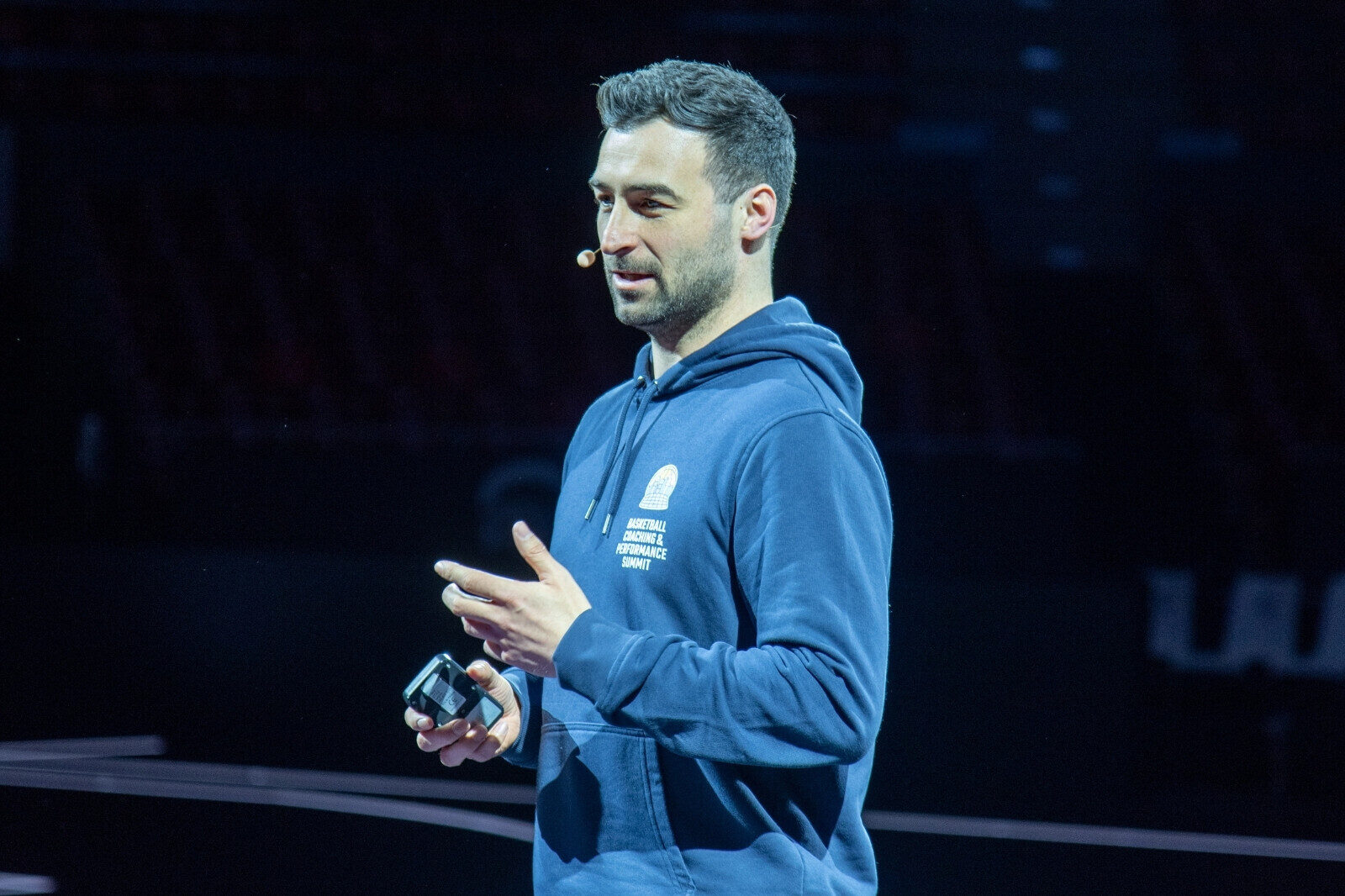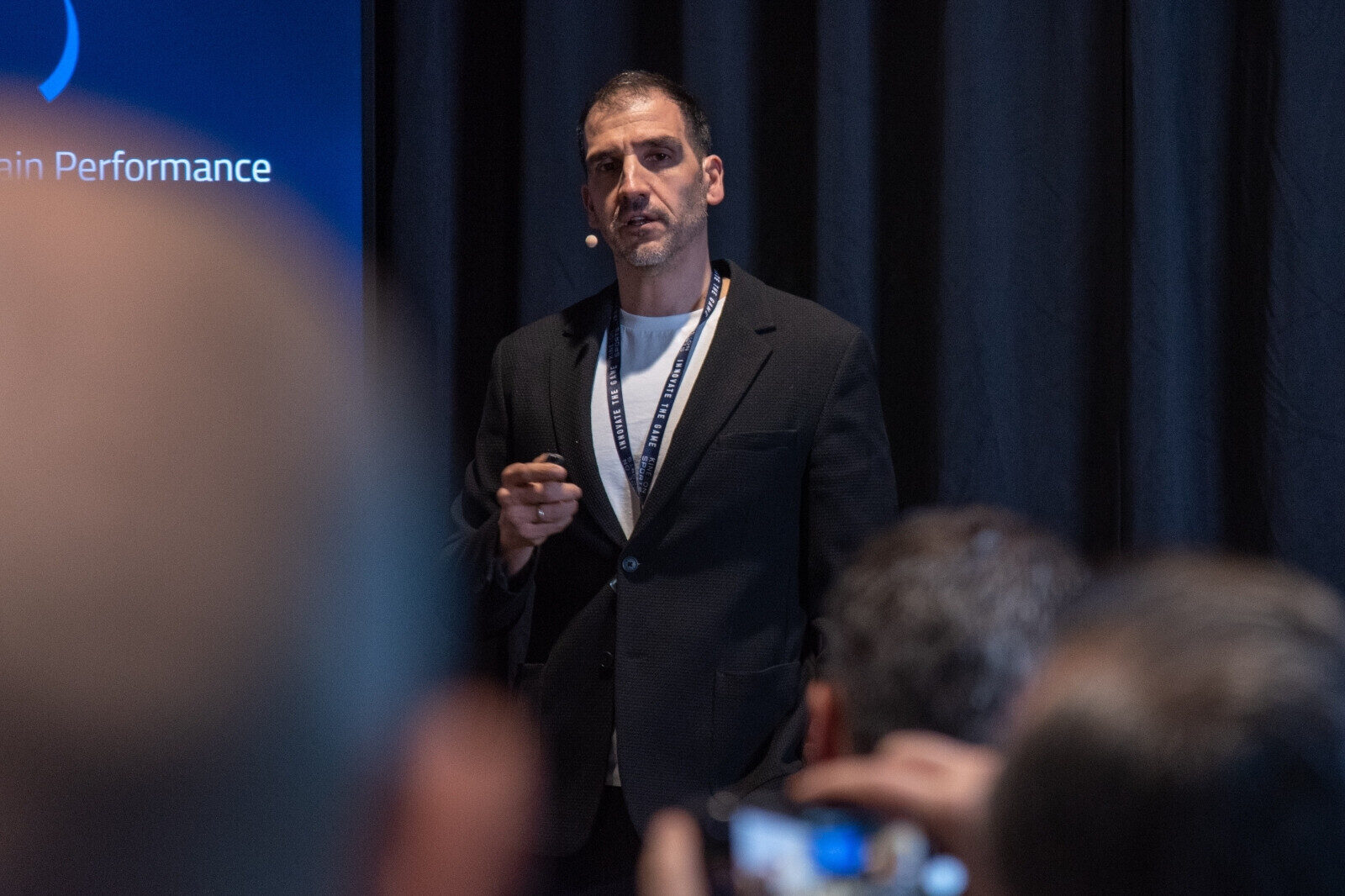What Kind of Data Does a GPS Tracker for Football Players Provide?
Technology has become an integral part of enhancing player performance and reducing injuries. One such example is the GPS tracker for football players. But what kind of data does it provide? And what does this information tell coaches and players?

The collection process starts with a sensor. It’s worn (in a vest) by players during training and matches. It sends data to a dashboard, where it can be analyzed and used to optimize performance and prevent injuries.
It’s up to the coaching staff to work with a sports scientist to decide what metrics to track and which insights give them the power to make more informed decisions.
It's The "One Size Fits All" Load Metric Every Coach Needs to Cut Injury Risks
Sports Performance Metrics Provide Insight on Every Player

The primary function of a GPS football player tracker is to monitor player performance. It does this by tracking a variety of metrics, including:
- Distance Covered: The tracker records the total distance a player covers during a game or training session. This includes walking, jogging, running, and sprinting distances.
- Speed: The device measures the player’s speed at different intervals. This can help identify the player’s peak speed and how it varies throughout the game.
- Load: This is a measure of the overall stress placed on a player’s body during a game or training session. It considers factors like distance covered, speed, and intensity of play.
Advanced Metrics Tell a More Detailed Story

In addition to performance metrics, GPS can collect advanced player metrics, including:
- Relative Speed Zone Entries: This refers to the categorization of a player’s speed into different zones based on their maximum speed. For example, a player’s speed might be divided into zones such as walking, jogging, running, and sprinting. Each zone is defined by a percentage of the player’s maximum speed. This allows for a more individualized understanding of a player’s exertion levels during a game or training session.
- Detailed Event Analysis of Accelerations and Decelerations: This involves analyzing the instances when a player accelerates or decelerates during a game or training session. Accelerations are important as they often occur during key events in a game, such as chasing a ball or evading an opponent. Decelerations, on the other hand, can be indicative of fatigue or potential injury risk. By analyzing these events in detail, coaches and trainers can gain insights into a player’s fitness level, injury risk, and game performance.
- Repeated Sprints: This refers to a player’s ability to perform multiple sprints in quick succession with short recovery periods in between. This is a crucial aspect of many team sports, including football, as it closely mimics the high intensity bursts of activity that occur during a game. Monitoring repeated sprints can provide valuable information about a player’s fitness level, fatigue, and readiness for play.
Harnessing Load Management Data for Injury Prevention
One of the most valuable aspects of a GPS player tracker is its role in injury prevention. By monitoring an athlete’s load, the sports performance tracking can help identify when a player is at risk of injury due to overtraining.
Additionally, by monitoring movements, the device can help identify patterns that may lead to injury. By providing insights into performance metrics, health and fitness data, and injury risks, these devices are becoming an essential tool in modern football.
GPS Football Trackers Can Also Provide a Fully Automated Workflow for Coaches

The team of developers at KINEXON Sports has effectively streamlined the work process for coaches. Now, the time-consuming tasks of manual connection, data reading, and evaluation downloading are things of the past. Coaches simply need to initiate and conclude the session using the KINEXON Sports app. All remaining procedures are automated, eliminating the need for cables.
To learn more about the upgrade that turned KINEXON PERFORM GPS Pro into the world’s first athlete monitoring solution with a fully automated and wireless workflow, contact us at any time. Or download the brochure by clicking the link below.


